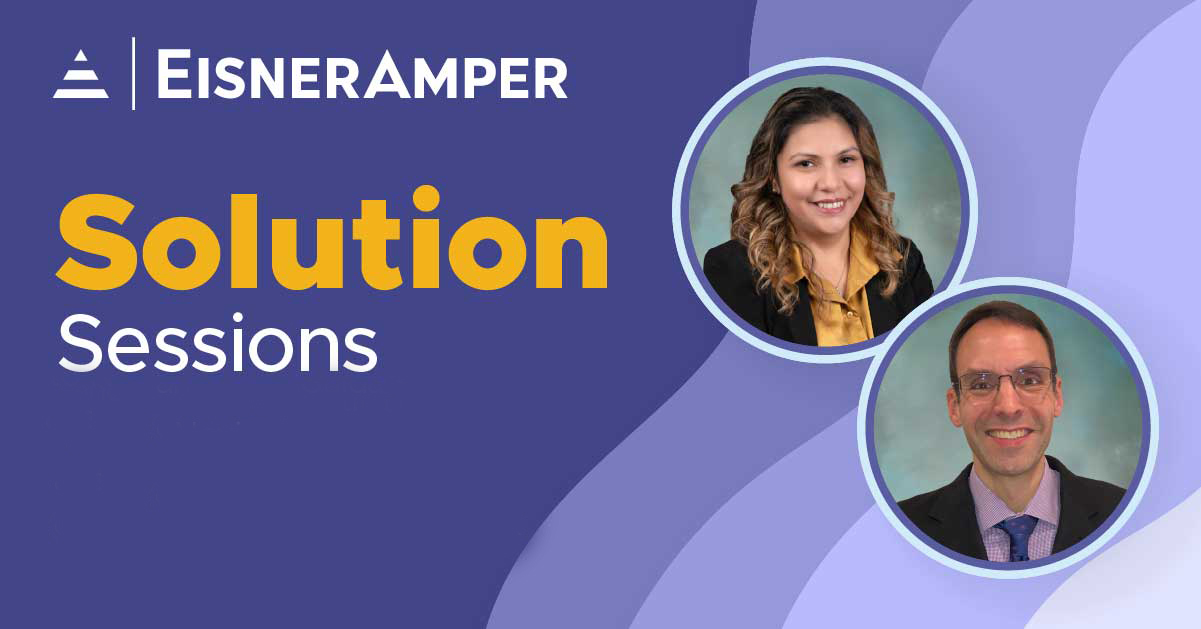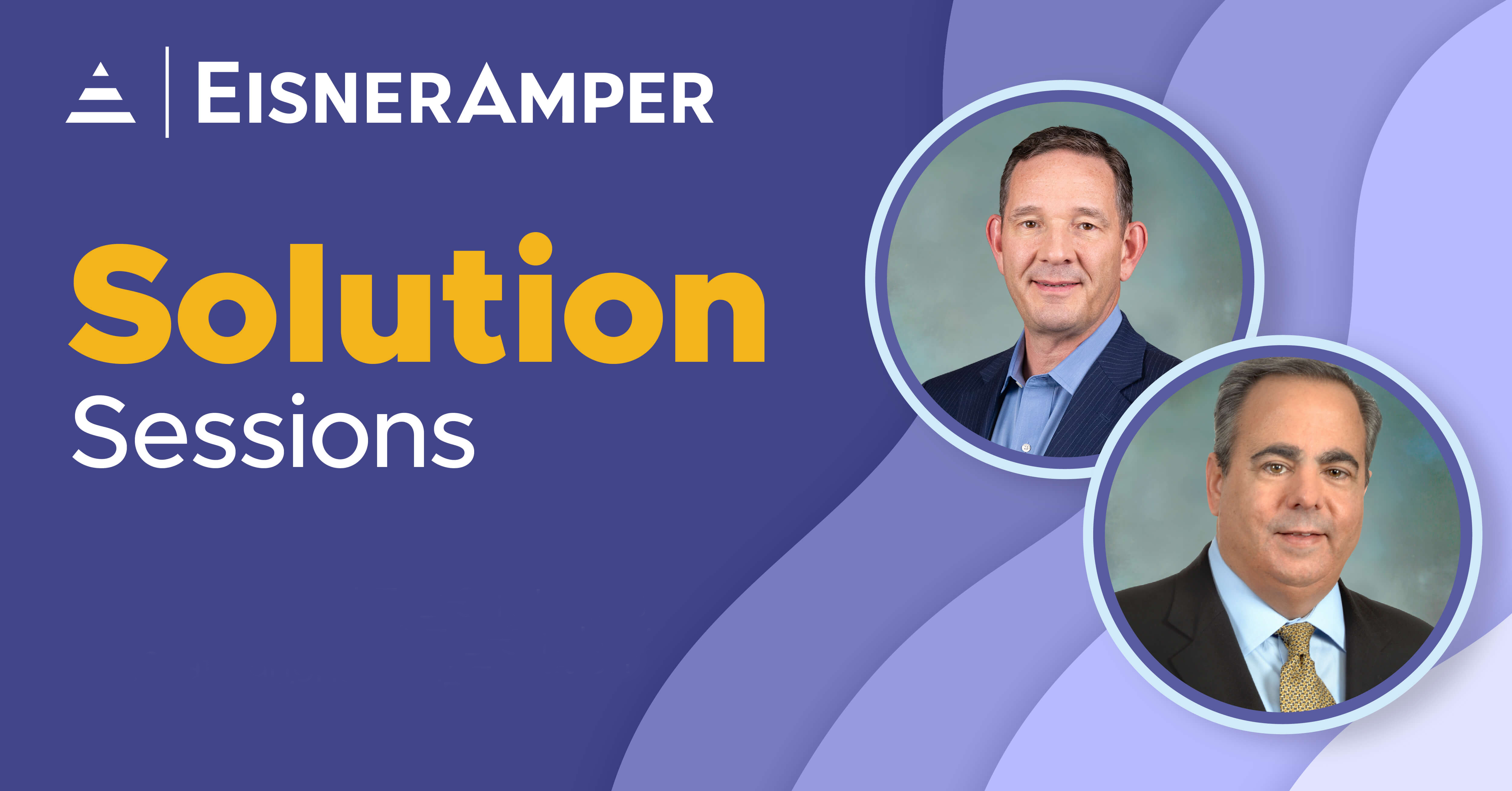
The Long Arm of Nexus
- Published
- May 29, 2019
- Share
Where Market Sourcing Meets Economic Nexus: Should Your Law Partnership Be Filing Returns in Many More States (Such as California)?
Law firms have often historically sourced their revenues based on where they performed their services. In many instances this was historically correct. Nevertheless, states are designing different sourcing methods to reach service providers with less tangible connections.
Several years ago, California adopted economic nexus rules -- which do not require a taxpayer’s physical presence at all -- and these rules still catch law firms by surprise. Given that California’s top tax rate is 12.3%, it pays to understand your firm’s and your partners’ relationship to California and its taxes.
A little bit of California history is in order. Beginning in 2011, California expanded its definition of “doing business” in, or nexus with, the state. “Doing business” is a term of art which means, essentially, that the business and the state have an economic connection (nexus) sufficient for the state to tax the company’s activity. Historically, states required some sort of physical presence – employees, an office, or inventory for example – to impose tax on an out-of-state business. Nevertheless, in the era of electronic commerce, many companies can tap into a state market very effectively without physical presence. To maintain their revenue base, the states were confronted with having to find an alternative means of establishing nexus.
In 2011, California required out-of-state taxpayers to file if they met one of three possible conditions:
- California sales exceed the lesser of $500,0001 or 25% of the taxpayer’s total sales (“bright line” nexus).
- Real and tangible personal property situated in California exceeds the lesser of $50,000 or 25% of a taxpayer’s total real and tangible personal property.
- Compensation paid for work performed in California exceeds the lesser of $50,000 or 25% of the total compensation paid by the taxpayer.
Back in 2011 when California first implemented these rules, California still sourced service revenue under a cost of performance theory: only revenue from those services actually performed in California were taxed there. Physical presence was still a prerequisite. No employees or property in California, no nexus and no California-sourced revenue. So far, so good.
Indeed, nexus was this straightforward until California changed its revenue sourcing rules in 2012, replacing the cost of performance standard with that of market sourcing. With market sourcing, revenue is assigned to the state where the purchaser receives the benefit of the service. As a result of this change, many service companies, including law firms, which never previously had California-sourced revenue (because, e.g., all services were performed out of state), could now suddenly have revenue sourced to California based on having a client located in the state. Depending on the level of revenues from this client, nexus could now be created under the first prong above (nexus based on a dollar threshold). The company could be providing the same legal services, in the same manner, for the same clients, but the tax consequences would be significantly different.
Consider a New York law partnership representing a California-based client, performing all the legal services in New York. Under the cost of performance standard, the sales go to New York, the place the services are performed. Under market sourcing, however, California gets the sales because that is most likely where the client receives the benefit.
Note that it is California’s combination of market sourcing and bright line nexus rules for market-sourced sales which creates economic nexus.
New York sources partnership service revenue using place of performance. Accordingly, the firm may be required to file returns reporting the same revenue to two different jurisdictions if those states use different sourcing methods. To prevent double taxation, the firm’s partners may claim a credit on their resident state returns for the taxes paid out-of-state. Depending on the relative states’ tax rates, the partners may or may not recoup a credit for the full nonresident tax paid.
How to determine whether your firm is subject to a California filing? Service providers should begin with a series of questions:
- Do we (the firm) have California-based clients?
- Do we have traditional nexus by virtue of entering California physically to litigate cases or to visit our clients?
- Do we have traditional nexus by having property or employees working in (even temporarily) California? (Note: A back-up server is property.)
- Is our firm registered to do business with the California Secretary of State? (Registration requires a filing but nothing more unless the firm has California sourced income.)
- If we lack traditional nexus, do we have economic nexus by reaching the threshold of market-sourced California revenue (receipts from sales of services are in California to the extent the purchaser received the benefit of the services in California)?2
Although California was among the first states to adopt economic nexus, other states have adopted similar economic nexus and market sourcing provisions. Minnesota and Ohio, for example, have recently pursued out-of-state law firms based, among other things, on 1099 filings reporting fees paid to the firms. Given the 2018 Wayfair decision (involving sales tax, but also related nexus concepts), we are likely to see this expanded view of nexus gain momentum.
Please note that the state sourcing methods here apply to California and specifically to entities operating as partnerships. Many states source (and tax) corporate, combined corporate groups and partnership pass-through income differently. Please consult with your tax advisor with questions about California nexus.
1 These dollar amounts are adjusted annually for inflation and for 2018, the factor presence standards were $583,867 for sales and $58,867 for both property and compensation. The Franchise Tax Board has not yet released the 2019 amounts.
2 Determining where the client receives the benefit of the service is a fact-based inquiry and possibilities include the client’s location or that of the client’s customers. It may also require an allocation of the gross receipts among states according to the portion of the benefit received in the states involved.
What's on Your Mind?
Start a conversation with Jeanne-Marie
Receive the latest business insights, analysis, and perspectives from EisnerAmper professionals.












